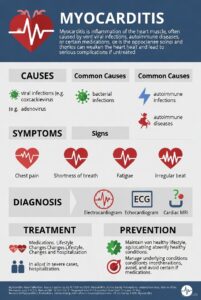-
-
-
-
- Adolescent: Developing Identity and Abstract Thought
- Increasing Abstract Thought and Reasoning
- Discuss why procedure is necessary or beneficial.
- Explain long-term consequences of procedures; include information about body systems working together.
- Realize adolescent may fear death, disability, or other potential risks.
- Encourage questioning regarding fears, options, and alternatives.
- Consciousness of Appearance
- Provide privacy; describe how the body will be covered and what will be exposed.
- Discuss how procedure may affect appearance (e.g., scar) and what can be done to minimize it.
- Emphasize any physical benefits of procedure.
- Concern More with Present Than With Future
- Realize that immediate effects of procedure are more significant than future benefits.
- Striving for Independence
- Involve adolescent in decision making and planning (e.g., time, place, individuals present during procedure, clothing, whether they will watch procedure).
- Impose as few restrictions as possible.
- Explore what coping strategies have worked in the past; they may need suggestions of various techniques.
- Accept regression to more childish methods of coping.
- Realize that adolescents may have difficulty accepting new authority figures and may resist complying with procedures.
- Developing Peer Relationships and Group Identity
- Same as for school-age child but assumes even greater significance.
- Allow adolescents to talk with other adolescents who have had the same procedure.
- Increasing Abstract Thought and Reasoning
- Adolescent: Developing Identity and Abstract Thought
-
-
-

Reduce Your Risk from Respiratory Viruses This Holiday Season
November 20, 2024, 12:30 PM EST For Everyone NOV. 20, 2024 WHAT TO KNOW Flu, COVID-19, and RSV illnesses are at low levels right now



